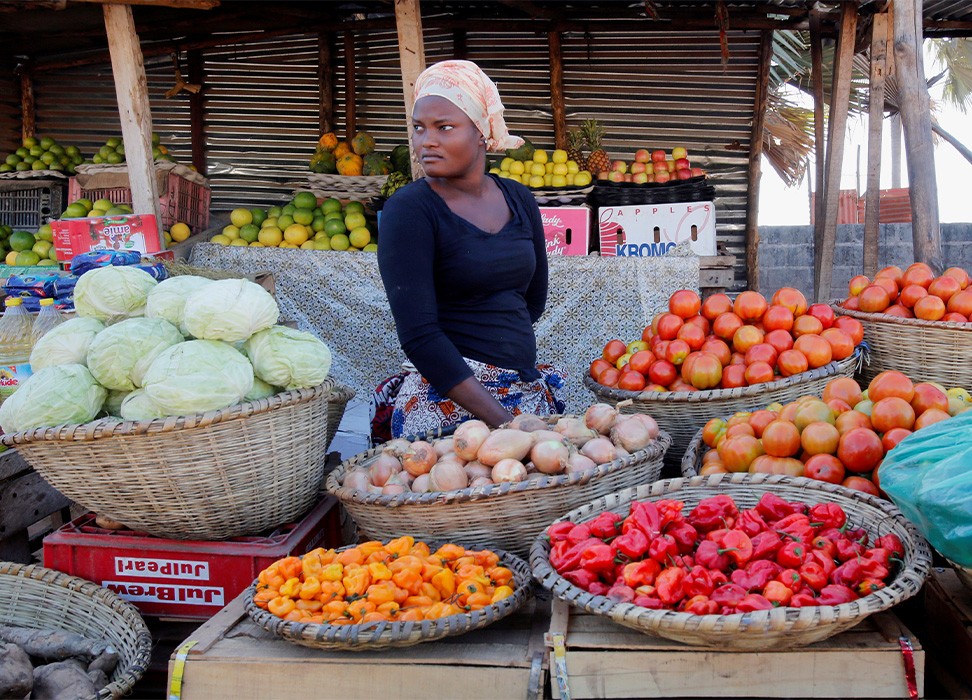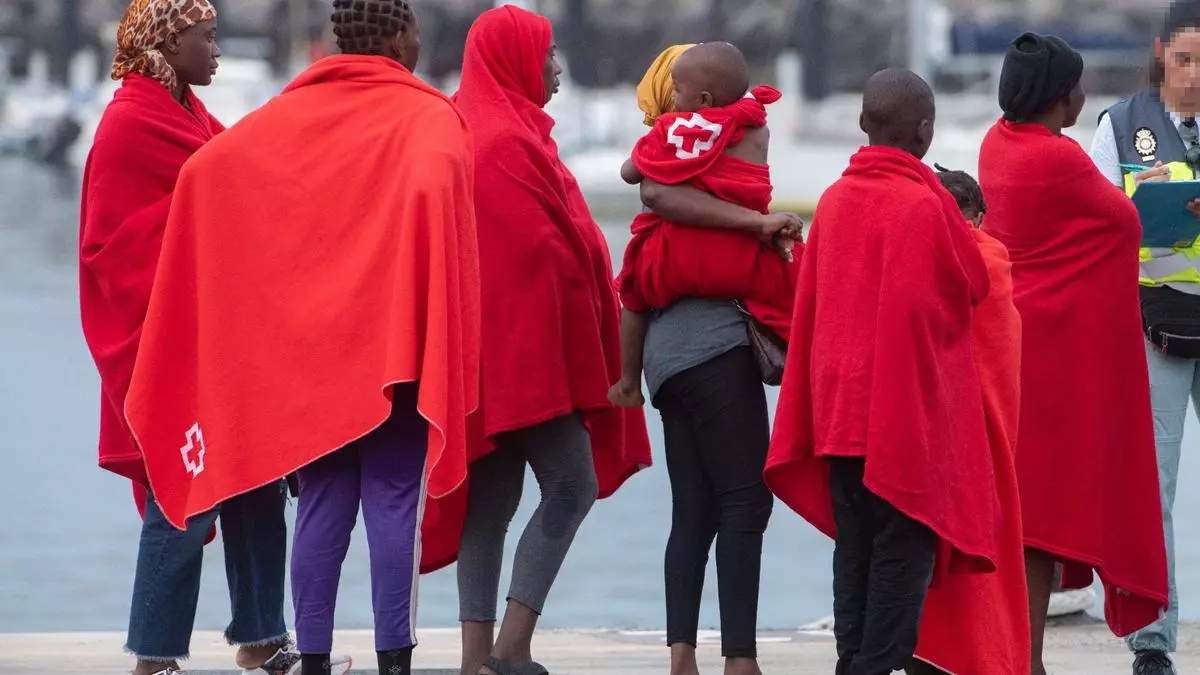Gambiaj.com – (BANJUL, The Gambia) – A canoe carrying 248 migrants of sub-Saharan origin, including seven babies, arrived today, Thursday morning, at the port of La Restinga, on the Spanish island of El Hierro, after a seven-day journey from Barra in The Gambia. The vessel was escorted to shore by emergency services after it was located approximately 1.5 miles off the coast.
According to emergency and health officials, the group consisted mostly of men but also included 63 women and 32 minors.
All passengers were examined upon arrival by the Red Cross Emergency Response Team (ERIE), the Canary Islands Emergency Service (SUC), the La Restinga port surveillance service, the Civil Guard, and the National Police. None required transfer to the Hospital Insular Nuestra Señora de los Reyes.
The migrants reported that they had departed from Barra, a coastal town in The Gambia, and that those on board were nationals of several West African countries, including Senegal, Guinea-Conakry, Ivory Coast, and Sierra Leone.
After initial assessment and assistance, the group was transferred to the Temporary Foreigners’ Care Center (CATE) in San Andrés, Valverde municipality, where they remain under police oversight. They will later be relocated to facilities outside the island. Their care will also involve support from the NGO collective Corazón Naranja – Ebrima Sonko.
This arrival marks the second large canoe from Barra to reach El Hierro this week. On Tuesday, a smaller wooden vessel carrying 112 migrants made landfall at the same port following an eight-day journey across the Atlantic.
That boat was detected by Spain’s SIVE coastal surveillance system, prompting a rescue operation by the Salvamar Diphda.
The Canary Islands continue to experience increasing arrivals of migrant boats undertaking long and dangerous Atlantic crossings, often launched from West African coasts in hopes of reaching Spanish territory.
Authorities and humanitarian groups have repeatedly warned of severe risks associated with the route, which is considered one of the deadliest migratory corridors in the world.










